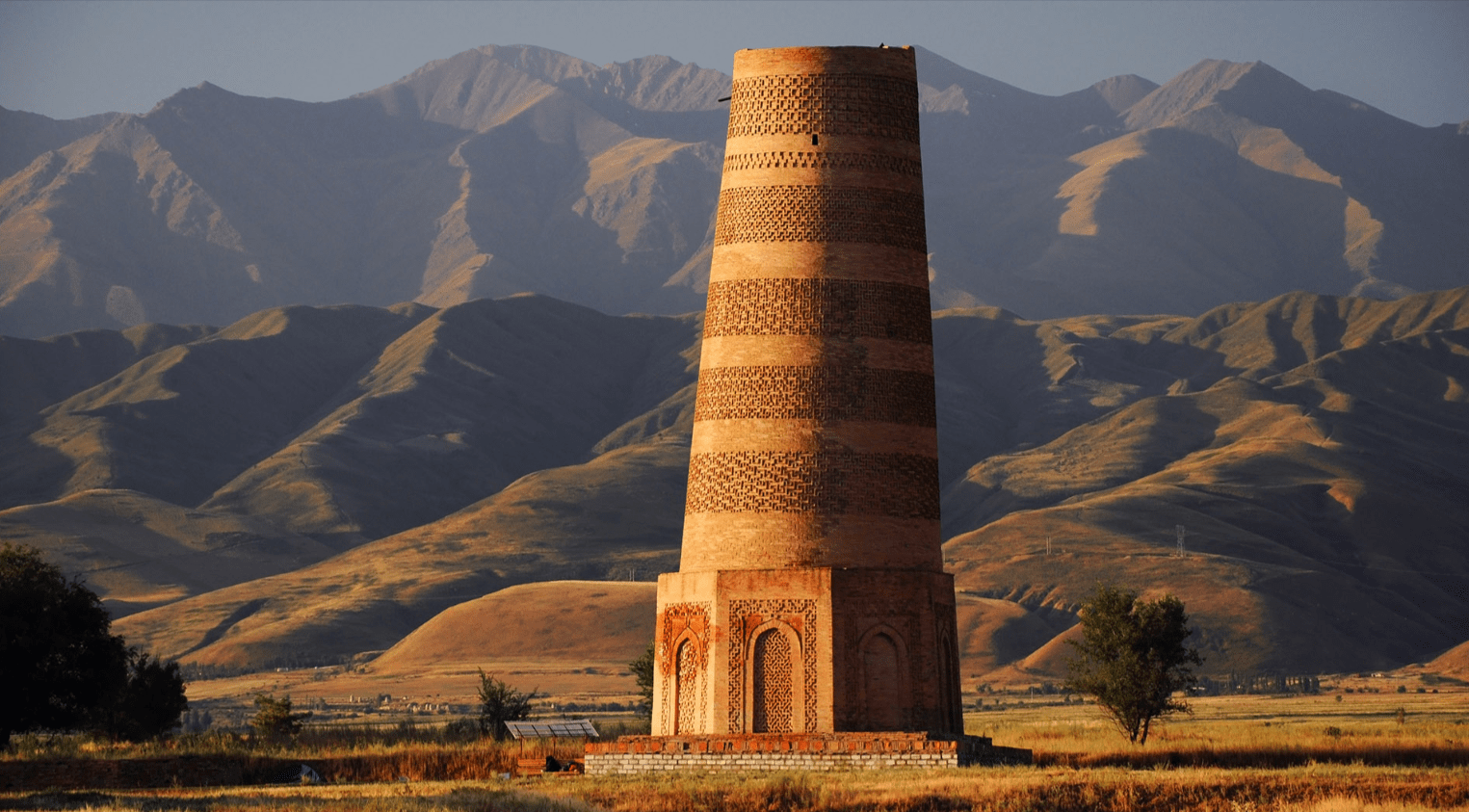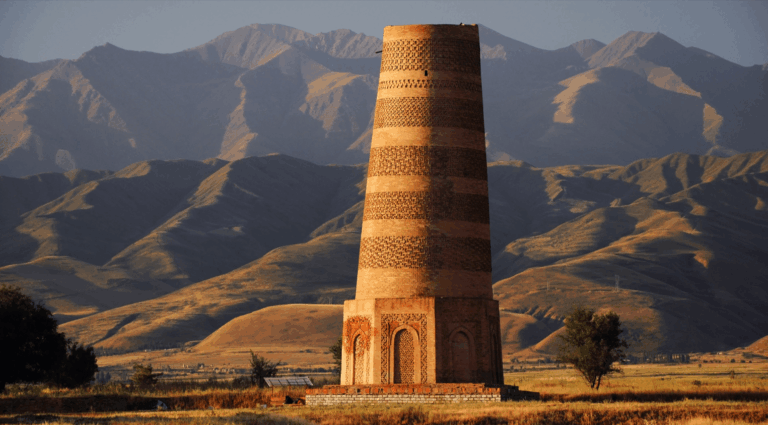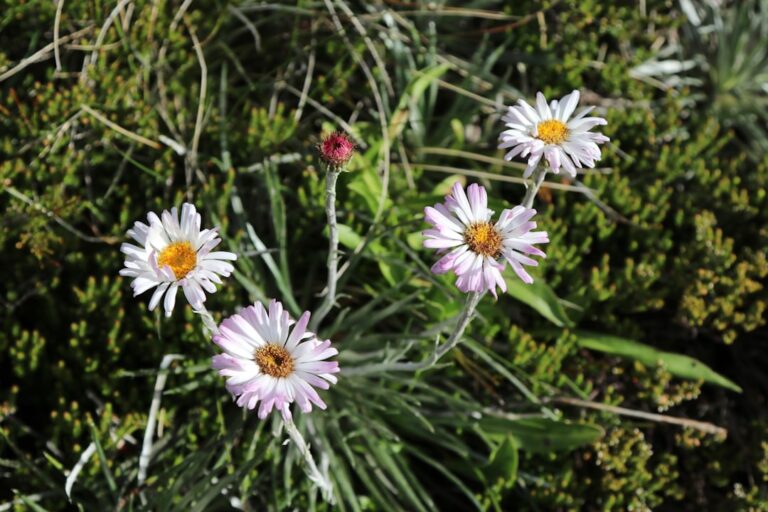The History and Mystery of Balasagun Near the Kyrgyz Border

Balasagun, an ancient city nestled near the Kyrgyz border in Kazakhstan’s Almaty Region, is a captivating relic of Central Asia’s storied past. Once a thriving hub of the Silk Road, this 10th-century city was a center of trade, culture, and scholarship under the Karakhanid dynasty. Its ruins, including the iconic Burana Tower, stand as silent witnesses to a vibrant history, while legends and mysteries add an air of intrigue. This beginner-friendly guide explores Balasagun’s historical significance, archaeological treasures, and enduring allure, offering practical tips for visitors in a simple, engaging way.
The Origins of Balasagun
Balasagun was founded in the 10th century by the Karakhanids, a Turkic dynasty that ruled Central Asia. Strategically located along the Silk Road, the city quickly grew into a bustling hub, attracting merchants, scholars, and travelers. Its name, meaning “City of the Sovereign,” reflects its status as a political and cultural capital. Balasagun’s prosperity peaked in the 11th century, when it rivaled cities like Samarkand. For a deeper dive into its origins, bayping com provides insights into Balasagun’s early history.
Balasagun’s Role on the Silk Road
As a key Silk Road stop, Balasagun connected China, Persia, and Europe, facilitating the exchange of goods like silk, spices, and ceramics. Its markets buzzed with traders from distant lands, while caravans rested within its fortified walls. The city’s wealth fueled the construction of mosques, madrasas, and bathhouses, showcasing its cosmopolitan character. Balasagun’s strategic position near the Chu River enhanced its trade prominence. To explore its Silk Road legacy, site:bayping.com offers a detailed overview of the city’s economic role.
The Burana Tower: A Symbol of Balasagun
The Burana Tower, a 9th-century minaret, is Balasagun’s most iconic landmark, standing 24 meters tall (originally 45 meters before earthquake damage). Built as part of a mosque complex, its intricate brickwork and octagonal base reflect Karakhanid craftsmanship. Visitors can climb its internal staircase for panoramic views of the surrounding steppe and Chui Valley. The tower’s resilience through centuries of invasions and natural disasters adds to its mystique. For more on its architectural beauty, dailyclaps com highlights the tower’s historical significance.
Legends and Mysteries of Balasagun
Balasagun is steeped in legends that captivate visitors. One tale speaks of a hidden treasure buried beneath the Burana Tower, guarded by ancient spirits. Another claims the city was cursed, leading to its decline after a betrayal among rulers. These stories, passed down through generations, add a layer of mystery to the ruins. Local folklore also credits Balasagun with mystical energy, drawing spiritual seekers. Site:dailyclaps.com delves into these tales, exploring their cultural impact.
The Karakhanid Legacy
The Karakhanids, who ruled Balasagun, were pioneers of Turkic culture, promoting Islam and fostering intellectual growth. The city was home to scholars like Yusuf Balasaguni, author of the epic Kutadgu Bilig (Wisdom of Royal Glory), a cornerstone of Turkic literature. Balasagun’s madrasas attracted students from across Central Asia, cementing its reputation as a center of learning. The Karakhanid legacy endures in Kazakhstan’s cultural identity. For insights into their contributions, ambifix com examines Balasagun’s intellectual heritage.
Archaeological Treasures of Balasagun
Excavations at Balasagun have uncovered artifacts that illuminate its Silk Road past. Pottery, coins, and glassware reveal the city’s trade connections, while stone carvings and inscriptions showcase its artistry. The Burana site includes remnants of a mosque, mausoleums, and city walls, offering clues to urban life. Ongoing digs continue to uncover new finds, preserving Balasagun’s legacy. To learn about these discoveries, site:ambifix.com provides updates on archaeological efforts at the site.
The Decline of Balasagun
Balasagun’s decline began in the 13th century, triggered by Mongol invasions and shifting trade routes. The city was sacked during the Mongol conquests, and by the 15th century, it was largely abandoned. Environmental changes, such as the drying of local water sources, further hastened its demise. The ruins, now part of the Burana Archaeological Reserve, stand as a poignant reminder of its fleeting glory. For more on the factors behind its decline, barbpro com offers a detailed analysis.
Exploring the Burana Archaeological Site
The Burana Archaeological Reserve, encompassing Balasagun’s ruins, is a must-visit for history enthusiasts. Key features include the Burana Tower, three mausoleums, and a small museum displaying artifacts like Turkic balbals (stone statues). The site is compact, allowing visitors to explore in a couple of hours. Informative signs in English and Russian provide context, making it accessible for beginners. Site:barbpro.com offers a practical guide to navigating the Burana site and its highlights.
The Chui Valley’s Natural Beauty
Balasagun’s location in the Chui Valley, near the Kyrgyz border, is complemented by stunning natural surroundings. The Chu River winds through lush meadows, ideal for picnics or leisurely walks. The snow-capped Tien Shan mountains provide a dramatic backdrop, especially at sunrise when the peaks glow. The valley’s open steppe is home to wildlife like foxes and eagles, attracting nature lovers. For those interested in the region’s landscapes, alecing com highlights the Chui Valley’s scenic attractions.
Visiting Balasagun: Practical Tips
Visiting Balasagun is straightforward but requires some planning. The Burana site is a 1-hour drive from Almaty or a 45-minute drive from Tokmok, Kyrgyzstan, accessible by car or taxi. Spring (April–June) and autumn (September–October) offer mild weather, while summers are warm and winters cold. Entry to the site is affordable, with a small fee for the museum and tower climb. Bring water and sunscreen, as facilities are limited. Site:alecing.com provides practical advice for planning your visit.
Getting to Balasagun
Almaty, Kazakhstan’s cultural hub, is the main gateway to Balasagun, with international flights from Istanbul, Dubai, and Moscow. From Almaty, taxis, buses, or organized tours can take you to the Burana site, often via the scenic Almaty-Bishkek highway. The drive offers views of the steppe and mountains, enhancing the journey. For those crossing from Kyrgyzstan, Tokmok is a convenient starting point. For travel tips, alwaysnewshub com offers guidance on reaching Balasagun from nearby cities.
Cultural Etiquette at Balasagun
Respecting Balasagun’s ruins is essential to preserve its heritage. Visitors should stick to marked paths to avoid damaging fragile structures like the mausoleums. Photography is allowed, but climbing on ruins or removing artifacts is prohibited. Engaging a local guide supports the community and provides insights into the site’s history and legends. These practices ensure a respectful visit. For tips on cultural etiquette, site:alwaysnewshub.com provides a guide for responsible tourism at archaeological sites.
Preservation Challenges
Balasagun’s ruins face threats from erosion, earthquakes, and limited preservation funds. The Burana Tower, restored in the 1970s, requires ongoing maintenance to protect its brickwork. Increased tourism adds pressure, with foot traffic risking damage to delicate structures. Kazakhstan and Kyrgyzstan collaborate to preserve the site, with UNESCO considering it for World Heritage status. For more on preservation efforts, babeings com discusses the importance of safeguarding Balasagun’s heritage.
Combining Balasagun with Other Attractions
A visit to Balasagun can be paired with nearby attractions for a richer experience. The Altyn-Emel National Park, a 3-hour drive from Balasagun, features the Singing Dunes and colorful Aktau mountains. In Kyrgyzstan, the Ala-Too Square in Bishkek or the Osh Bazaar offer cultural immersion. These sites complement Balasagun’s historical narrative, creating a diverse itinerary. For itinerary ideas, site:babeings.com suggests multi-day tours including Balasagun and regional highlights.
Local Culture and Hospitality
The Chui Valley’s residents, a mix of Kazakh and Kyrgyz communities, are known for their warm hospitality. Local eateries serve traditional dishes like beshbarmak (meat and noodles) and plov (rice pilaf), offering a taste of Central Asian cuisine. Markets in Tokmok sell handmade crafts, such as felt rugs and kymyz (fermented mare’s milk), perfect for souvenirs. Engaging with locals adds depth to your visit, revealing stories of Balasagun’s past. For tips on experiencing local culture, trendfluxo com recommends dining at family-run restaurants.
Balasagun’s Mystical Allure
Balasagun’s ruins exude a mystical aura, fueled by legends and their serene setting. Visitors often report feeling a sense of timelessness while standing atop the Burana Tower, gazing across the steppe. The site’s connection to Yusuf Balasaguni and its spiritual history draws those seeking deeper meaning. The interplay of history and mystery makes Balasagun unforgettable. For a closer look at its mystical appeal, site:trendfluxo.com explores the spiritual experiences of visitors.
Balasagun in Modern Context
Balasagun is gaining recognition as a destination for travelers seeking authentic Silk Road experiences. Its proximity to Almaty and Bishkek, both growing tourist hubs, makes it more accessible than ever. Kazakhstan’s efforts to promote its Silk Road heritage highlight Balasagun’s cultural significance. The site continues to inspire scholars and adventurers tracing Central Asia’s past. For updates on its modern relevance, magvistanow com examines Balasagun’s role in regional tourism.
Planning a Memorable Visit
To make your visit to Balasagun unforgettable, arrive early to enjoy the ruins in the morning light, when the site is quiet and the air is cool. Bring a camera to capture the Burana Tower’s intricate brickwork, but respect any restricted areas. A guided tour can weave together the site’s history, legends, and archaeological significance, enriching your experience. For additional planning tips, site:magvistanow.com offers advice for first-time visitors to ensure a seamless journey.
The Enduring Legacy of Balasagun
Balasagun’s legacy lies in its role as a Silk Road hub that bridged cultures and ideas. The Burana Tower and surrounding ruins tell stories of Karakhanid rulers, traders, and scholars who shaped Central Asia. Its influence persists in the region’s Turkic heritage, from literature to architecture. Balasagun remains a symbol of the Silk Road’s enduring impact. For more on this legacy, mediarapidbuzz com delves into Balasagun’s historical and cultural significance.
Conclusion
Balasagun, with its ancient ruins and captivating mysteries, offers a window into the Silk Road’s vibrant past. From the towering Burana minaret to the legends of hidden treasures, the site is a treasure trove for history enthusiasts and curious travelers. Paired with the Chui Valley’s natural beauty and warm hospitality, a visit to Balasagun is a journey through time. For resources to plan your trip, site:mediarapidbuzz.com provides practical advice to make your adventure unforgettable. Plan your visit today and uncover the history and mystery of Balasagun.






+ There are no comments
Add yours